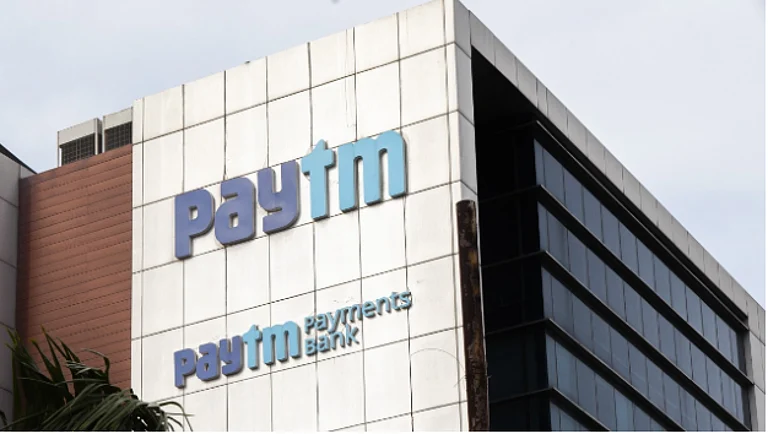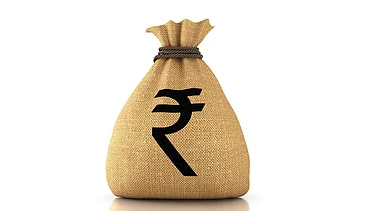Consumer behaviour has transformed in unimaginable ways during the pandemic. It has entered a wishful state, where there is heightened awareness and focus on health, food, grocery, entertainment, and shopping preferences among consumers. This reality has skewed in favour of online channels that use a variety of form factors and applications that are made possible through a complex payment infrastructure comprising merchants, banks, payment service providers, aggregators, gateways, device providers, and more.
During this challenging period, it was these payment enablers who made it possible to handle the sudden spike in online transactions by first-time users across age groups who, thus far, were skeptical yet intrigued by the thought of conducting online transactions. This is to say that those who previously had apprehensions around online payment security of perceived complications also ended up as happy customers.
This included my 70-year-old mother who I couldn’t convince earlier but now had assisted in making an online bill payment successfully. She is now a big fan of online payments, I won’t claim her as fully conversant with the whole process yet but she is one of the many consumers who made the switch to online considering the convenience it offers.
Consumer uptick has been slow towards online shopping in India despite some direct incentives such as offers, cashback, additional discounts, convenience at your fingertips. Thanks to JAM [Jandhan, Aadhar, Mobile] and the payments infrastructure in India that enabled a seamless switch to online across the country through a very robust foundational infrastructure that withstood the spurt in online payments connecting with a myriad of various payment networks covering UPI, net banking, credit card schemes Rupay, VISA, Mastercard and many more significant intermediaries that made it happen.
The payment gateway has been at the forefront of this integration of heterogeneous applications, systems, and networks of merchants, banks, card schemes, payment solution providers. Only a handful of advanced payment gateways had this extensive network built across that could support traditional payment acceptance [UPI, Cards, Net banking] and alternate payment methods [QR, Wallets, EMI, BNPL, instant lending] with a very high success rate. With the proliferation of newer payment methods Cryptos, APMs, emerging networks e.g. NUE [New Umbrella Entity] payment gateways will increasingly foray into a multi-cloud setup for easier connectivity, elastic scaling with high availability with AI/ML-enabled towards always-on infrastructure for an always-on customer where payments volumes are growing ~30 per cent YoY.
As the pandemic doesn’t show signs of improvement even after more than 12 months, most of the consumer behaviour would persist if not become a habit by now especially around the way we shop, conduct our transactions online across a segment of retailers. Our expectations have suddenly increased from the online channel in terms of faster payment check out, better experience using no click, one or fewer clicks rather than the manual entry of card and personal details repeatedly which will be passe with the advent of tokenization [allowing customers to safely store their payment details online in a PCI DSS compliant manner]. Only a few enterprise retailers offer this today who can store directly or with help of their payment gateway providers.
Recurring payments will accelerate the push towards the subscription economy which is visible with OTT platforms where you subscribe and forget. This will be one of the key enablers towards frictionless/invisible embedded IoT payments where every payment journey you can think of would be embedded within the respective device/app for the customer. Point in case, payment details embedded within your car for frictionless payment at a drive-through or a highway toll plaza where you can zip through without stopping or your refrigerator ordering/replenishing your groceries with a voice command or without any intervention with loyalty points seamlessly added/redeemed at checkout.
Merchants of all sizes are and will increasingly look for a payment gateway partner who can not only support them with a multitude of payment acceptance options with faster settlement cycles, lower chargebacks but also enable them beyond B2B to B2B2C[marketplace, super apps] models transitioning into a true commerce gateway supporting wealth, investments, loyalty, credit products beyond payments in a way converging into a financial product hub. SMBs will have additional expectations from their payment gateway to also offer them business value-added services of AP, AR, working capital loan, MCA [Merchant Cash Advance], accounting, taxation, and payroll as an integrated offering within the payment gateway rather than scouting for bespoke solutions.
Payment gateways will look beyond achieving baseline consumer acceptance into 360-degree needs of consumers and merchants with issuing banks while using open banking architecture.
As internet and smartphone penetration increases, payment gateways in India will play a significant role in financial inclusion and bridge the urban-rural divide by enabling various non-traditional players to integrate e.g. banking correspondents, post office, partners, and banks servicing rural hinterland.
The author is CEO, Wibmo
DISCLAIMER: Views expressed are the authors' own, and Outlook Money does not necessarily subscribe to them. Outlook Money shall not be responsible for any damage caused to any person/organisation directly or indirectly.

























